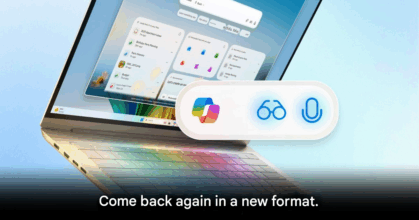Developer Runs Doom on a Vape Device with Cortex-M4 Chip


Legendary shooter brought to life on a $30 e-cigarette screen
Aaron Christophel, a hacker and developer, has stunned the tech and gaming community by making the legendary game Doom run on a Pixo Aspire vape device. Priced at just $30–$35, the e-cigarette features a 1.47-inch TFT color screen with a resolution of 323×173 pixels, a 1100 mAh battery with USB Type-C charging, and a 32-bit ARM Cortex-M4 processor (Puya PY32F403XC) paired with 384 kB of flash memory and up to 64 kB of SRAM.
Christophel shared a video on his YouTube channel showing Doom running on the vape. While the Cortex-M4 chip is powerful enough to nearly run the game natively, the 64 kB of RAM falls short of Doom’s 4 MB requirement. To overcome this, he used a method that streams the game’s visuals from a PC via USB-C to the vape’s screen, achieving around 6 FPS. The game is controlled with a keyboard and mouse connected to the computer, with the vape acting as a secondary display.
To enable this, Christophel developed custom firmware uploaded through GitHub. He bypassed the vape’s watchdog and hardware timer protections, which normally prevent unsafe restarts during vaping. This hack transformed the vape into a small but functioning external monitor capable of displaying Doom. While the performance includes lag and screen tearing, it is fully playable and surprisingly entertaining.
The vape also comes with Bluetooth LE and a built-in microphone, unused in its original firmware. These components open the door for further experimentation, such as video streaming or animated visuals beyond just Doom.
This creative hack demonstrates the hidden potential of inexpensive consumer hardware. It draws parallels to retro computing milestones, such as the Sinclair ZX80 from 1980 with only 1 kB of RAM (expandable to 16 kB), or the Bendix G-15 from 1956, which only recently had Doom ported to it despite an original price tag of $49,500. In comparison, running Doom on a $30 vape underscores just how far modern hardware has advanced in both accessibility and capability.






